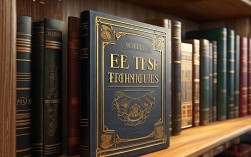Dance parties offer rich material for English composition. Whether describing personal experiences or crafting fictional scenarios, this theme allows writers to explore vocabulary, narrative techniques, and cultural observations. For students and English learners, mastering such essays builds critical language skills while making practice enjoyable.
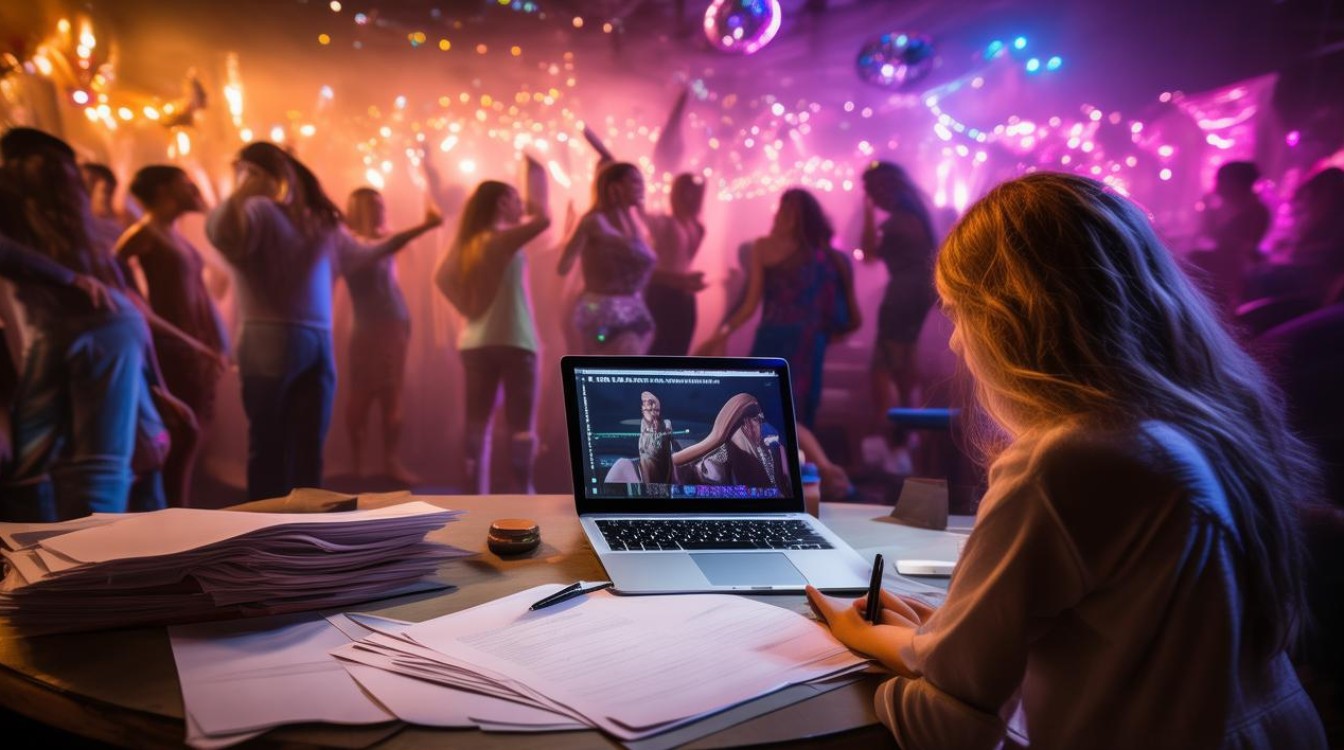
Why Dance Parties Make Excellent Essay Topics
Social gatherings like dances naturally incorporate multiple elements worth describing:
- Sensory Details – The music’s rhythm, colorful decorations, and lively movements provide vivid imagery.
- Emotional Range – Excitement, nervousness, or nostalgia can be conveyed through character reactions.
- Cultural Context – Different dance styles (ballroom, hip-hop, traditional) reflect diverse backgrounds.
- Dialogue Opportunities – Conversations between attendees enhance realism.
A well-structured essay on this topic strengthens descriptive and narrative writing abilities.
Essential Vocabulary for Dance-Themed Essays
Using precise terminology elevates writing quality. Consider these word groups:
Music & Rhythm
- Melodic, upbeat, pulsating, syncopated, harmonious
- Example: "The DJ transitioned from a melodic waltz to an upbeat pop track, energizing the crowd."
Movement & Dance Styles
- Twirl, sway, glide, stomp, shuffle
- Example: "Couples glided across the floor in perfect sync, their steps matching the waltz’s 3/4 rhythm."
Atmosphere & Emotions
- Festive, electrifying, nostalgic, exuberant
- Example: "An electrifying energy filled the room as the first notes of the cha-cha played."
Avoid overused adjectives like "fun" or "nice." Instead, opt for stronger alternatives ("exhilarating," "elegant").
Structuring the Essay
A clear framework ensures coherence. The following outline works for both personal and fictional accounts:
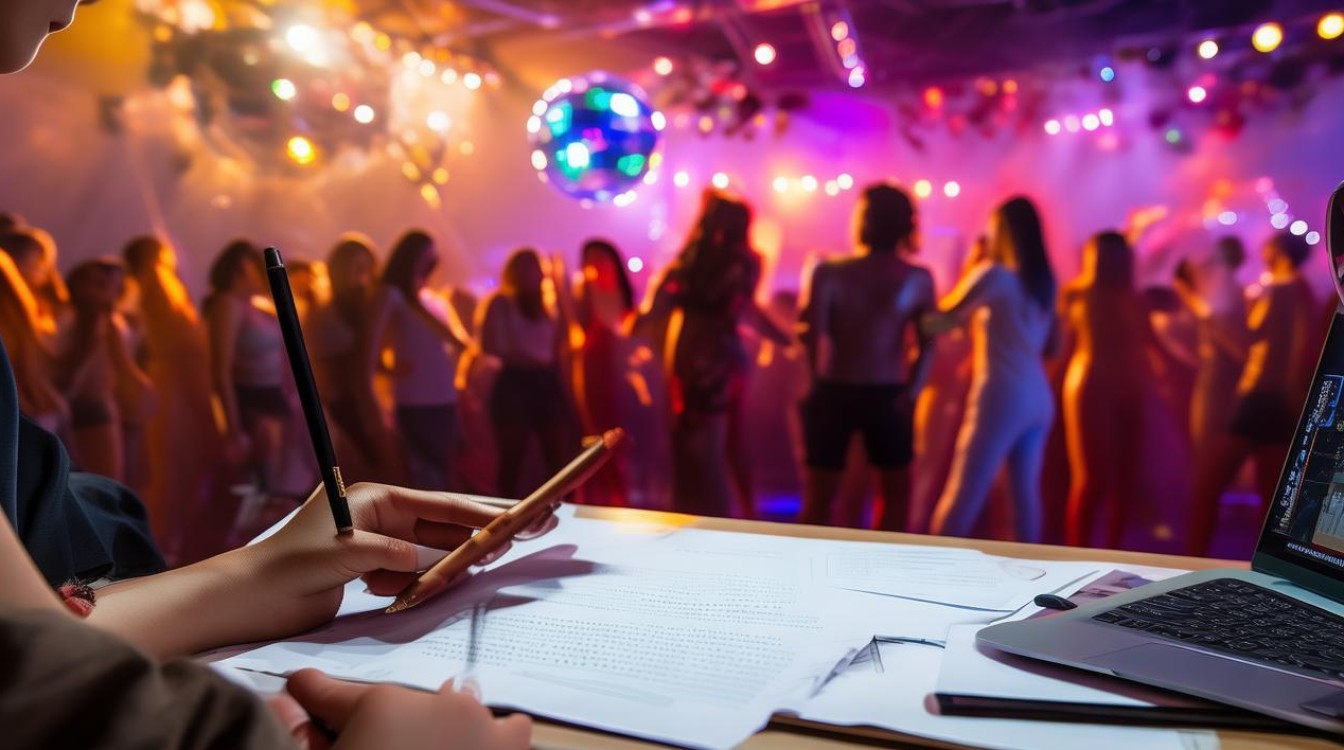
Introduction – Setting the Scene
- Open with a hook: a sound, a visual, or a thought.
- Establish the setting (school prom, a cultural festival, a wedding).
- Introduce the purpose (celebration, competition, tradition).
Example:
"The gymnasium buzzed with anticipation. Streamers hung from the ceiling, and a disco ball cast swirling lights over students in formal attire. Tonight wasn’t just any event—it was our senior prom."
Body Paragraphs – Developing Key Moments
- Paragraph 1: Arrival and first impressions.
- Paragraph 2: A standout moment (e.g., a dance performance, a surprise).
- Paragraph 3: Interactions or reflections.
Example:
"As the opening chords of a familiar pop song played, the crowd erupted. My friend grabbed my hand, pulling me into the center. Forgetting my self-consciousness, I matched the group’s steps, laughing as we stumbled through the routine."
Conclusion – Leaving an Impression
- End with a meaningful realization, emotion, or open-ended thought.
- Avoid clichés like "I’ll never forget this night."
Example:
"When the final song faded, the room felt different—lighter, as if the music had dissolved our insecurities. Walking out, I realized dances aren’t just about steps; they’re about connection."
Common Pitfalls & How to Avoid Them
Overloading with Adjectives
While descriptions are vital, stacking too many can overwhelm readers. Instead of:
"The incredibly dazzling, sparkling, shiny decorations glittered brightly under the extremely luminous lights."
Try:
"Crystal decorations refracted light across the walls, creating a shimmering effect."
Weak Transitions
Abrupt shifts disrupt flow. Use phrases like:
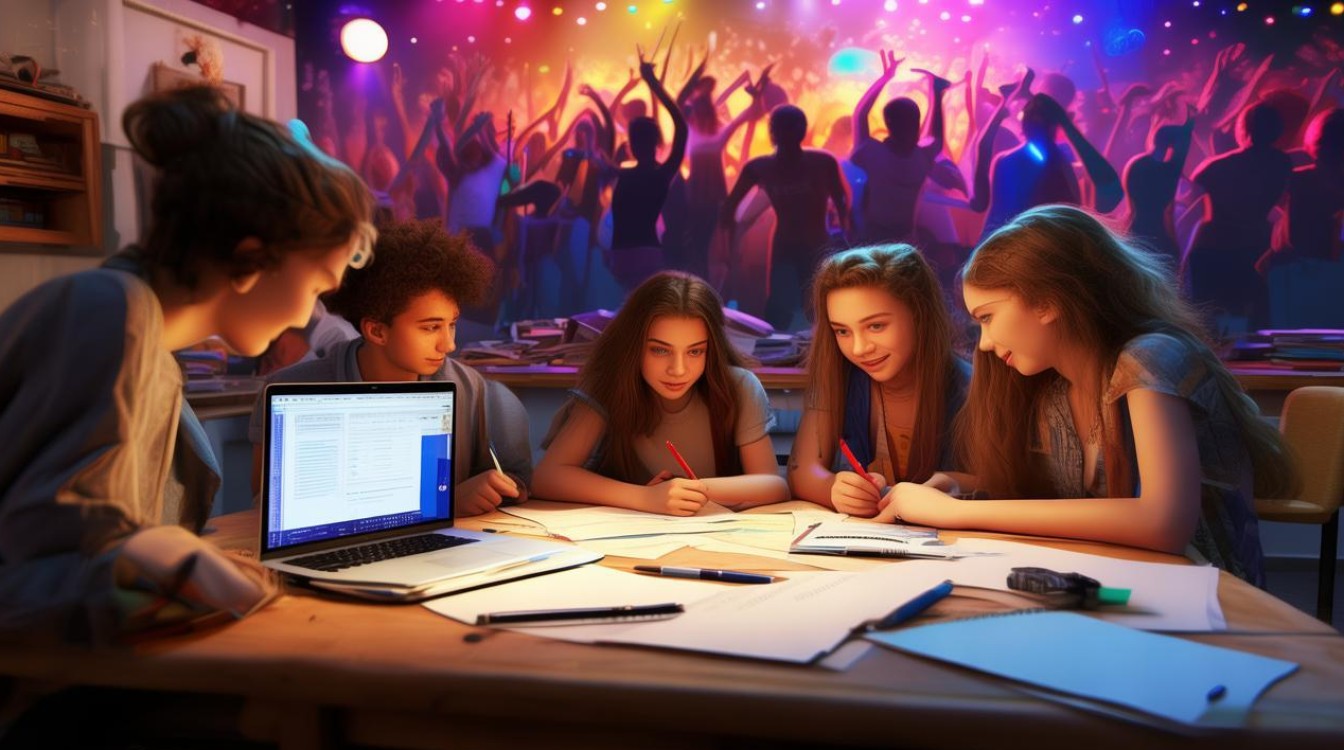
- "As the tempo increased..."
- "Across the room, a new scene unfolded..."
Telling Instead of Showing
Instead of stating "Everyone was happy," illustrate it:
"Cheers erupted as the DJ played the crowd’s favorite song. Grinning strangers high-fived, and even the chaperones tapped their feet."
Enhancing Authenticity
Incorporate Realistic Dialogue
Brief exchanges add depth:
"You actually know how to salsa?" Mark asked, eyebrows raised.
"Only the basics," I admitted, "but let’s see if we survive this song."
Use Varied Sentence Structures
Mix short and long sentences for rhythm:
"The music stopped. For a second, silence hung in the air—then laughter burst out as someone tripped over a balloon."
Research Cultural Details
If writing about a specific dance (e.g., tango, bhangra), accuracy matters. Mention:
- Traditional attire (saris, tuxedos).
- Historical or regional significance.
Practice Exercises
-
Sensory Description Drill
Write a paragraph focusing only on sounds at a dance.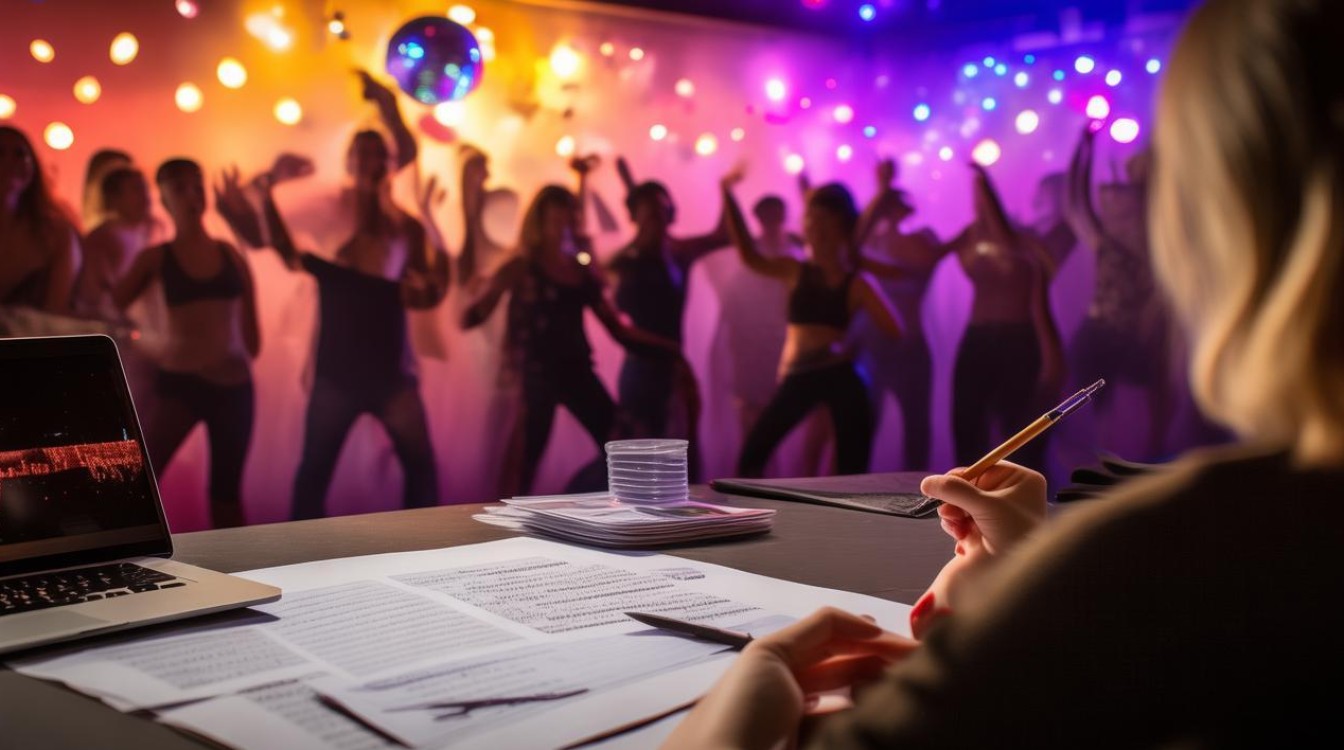
-
Perspective Shift
Retell the event from a DJ’s or a wallflower’s viewpoint. -
Tense Experiment
Rewrite a scene in present tense for immediacy:
"The bass thrums through my chest as I step onto the floor."
Final Thoughts
Writing about dance parties merges creativity with language development. By focusing on sensory details, authentic emotions, and structured storytelling, essays become dynamic and engaging. Whether for exams, personal blogs, or school assignments, mastering this theme refines both vocabulary and narrative control.
The next time you attend—or imagine—a dance, take mental notes. Observe the laughter, the missteps, the way light reflects off sequins. Then, let those observations transform into compelling prose. After all, the best essays don’t just describe events; they make readers feel the music.










